What is the best substitute for Curing Salt?
Do you need a curing salt substitute? Curing salt, also known as pink salt, Prague powder, or Instacure, is often used in food preservation to prevent the growth of bacteria and to enhance the flavor and color of cured meats. It’s important to note that curing salt contains sodium nitrite and sodium nitrate, which can be harmful in large quantities. So what can I use instead of curing salt? If you’re looking for a curing salt substitute, try using Saltpeter, Celery Juice, Celery Powder, Non-Iodized Sea Salt, Kosher Salt, Himalayan Salt, Beet Juice, Beet Powder, or Dry Herb Mix.
Remember that curing is a complex process, and it’s important to prioritize food safety. If you’re new to curing, consider seeking guidance from experts in food preservation. Or consider consulting reliable resources to ensure that you’re using safe and effective substitutes and methods.
What is Curing Salt?
Curing salt, is also known as Prague powder, pink salt, or Instacure. It is a type of salt mixture used in food preservation, especially for curing meats. It contains sodium nitrite and sometimes sodium nitrate, which are chemical compounds that serve several important functions in the curing process:
- Preservation: Sodium nitrite and nitrate are powerful antimicrobial agents that inhibit the growth of harmful bacteria, particularly Clostridium botulinum, which can cause botulism. This preservation property helps extend the shelf life of cured meats.
- Color Enhancement: Curing salts contribute to the characteristic pink or reddish color of cured meats like ham, bacon, and sausages. This color helps distinguish cured products from raw meats and enhances their visual appeal.
- Flavor Development: Curing salts also contribute to the unique flavor profile of cured meats. They interact with the proteins and fats in the meat, leading to the development of distinct cured flavors.
Curing salts are used in controlled amounts to ensure food safety and the desired flavor, color, and preservation effects. They are typically used in dry rubs or dissolved in water to create curing brines. The specific type and concentration of curing salt needed depends on the recipe and the type of meat being cured.
It’s crucial to use curing salts accurately and follow proper recipes to ensure food safety. Incorrect use of curing salts can lead to off flavors, food safety risks, and health concerns. If you’re new to curing, consider seeking guidance from experts in food preservation. Or, as mentioned above consider consulting reliable resources to ensure that you’re using curing salts correctly.
Okay, before we look at your curing salt substitute options, let’s deal with that empty cupboard situation!
Where can I buy Curing Salt?
If you want to be more prepared and ensure you don’t run out of curing salt then you should stock up now.
Nowadays most general supermarkets stock curing salt. Or if you prefer you can also purchase curing salt on-line.
So why not jump on and place your order today.
STOCK UP NOW!
Use to preserve and cure cooked meats. Try preserving ham, salami, sausage, jerky, fish, and bacon.
Harmful if used as regular table-salt. Colored pink to provide easy identification.
What can I substitute for Curing Salt?
Here are some of the best ingredients to substitute the flavor and role that curing salt provides.
- Saltpeter
- Celery Juice
- Celery Powder
- Non-Iodized Sea Salt
- Kosher Salt
- Himalayan Salt
- Beet Juice
- Beet Powder
- Dry Herb Mix
Curing Salt substitutes
Saltpeter
Saltpeter (potassium nitrate) can be used as a substitute for curing salt in certain recipes. However, it’s important to do so with caution and an understanding of its properties. It has historically been used as a curing agent to preserve meats and give them a characteristic pink color. However, please be aware it can be potentially harmful if used improperly. Here are some things to consider:
- Precision and Safety: Using saltpeter requires careful measurement and adherence to guidelines. Using too much can result in overly salty or bitter flavors and potentially harmful nitrate levels in the finished product.
- Nitrate Content: Saltpeter is a source of nitrates, which break down into nitrites during curing. Nitrites are responsible for preserving meat and providing its distinctive color and flavor. However, please take care as excessive nitrate consumption can have health risks.
- Accurate Measurements: When using saltpeter, you should follow recommended guidelines for the amount to use. Typically this will be around 0.25% to 0.5% of the total meat weight. Please note that accurate measurement is crucial to avoid overuse.
- Mixing with Other Ingredients: You’ll need to mix the saltpeter with regular salt in the proper ratio, usually around 15 parts salt to 1 part saltpeter. Rub the mixture directly onto the meat or dissolve in water to create a brine.
- Curing Time: The curing time will depend on the thickness of the meat and the desired outcome. It’s important not to over-cure, as this can lead to overly salty or bitter flavors.
- Rinsing: After the curing process, it’s important to thoroughly rinse the meat to remove excess salt and nitrites.
- Health Considerations: Some studies have raised concerns about the potential health risks associated with nitrites and nitrates, particularly in processed meats. Overconsumption of nitrites can lead to the formation of potentially harmful compounds in the body. Therefore, it’s advisable to be mindful of nitrate intake.
- Alternative Methods: If you’re uncomfortable using saltpeter, consider using other natural curing alternatives. These could include alternatives like celery juice/powder or beet juice/powder, which also provide nitrates. These alternatives are generally considered safer and more predictable in terms of nitrate content. (see below)
- Expert Guidance: If you’re new to curing meats or using saltpeter, it’s a good idea to seek advice from experts in food preservation or consult reputable resources for accurate information and guidelines.
Given the potential risks and complexities involved, many people prefer to use curing salts specifically formulated for food safety and consistent results. If you choose to use saltpeter, ensure that you handle it with care. Always accurately measure the quantities, and also prioritize your health and safety throughout the process.
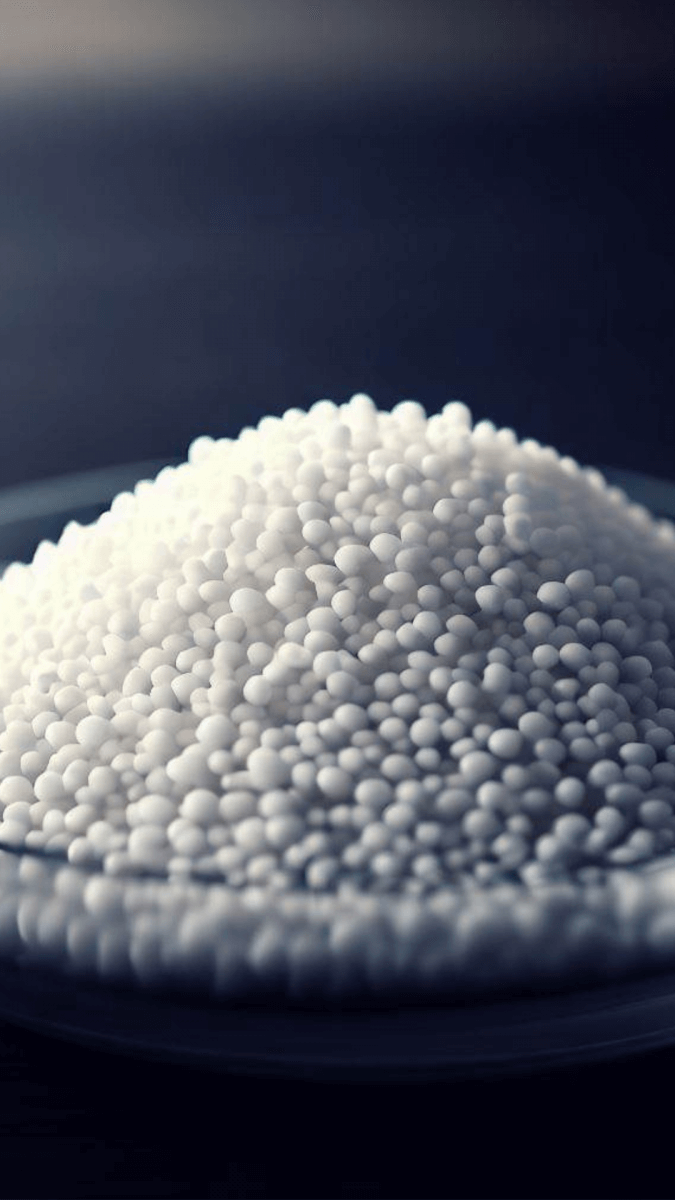
Celery Juice
You can use celery juice as a natural substitute for curing salt in certain recipes. It contains naturally occurring nitrates, which can help preserve meat and give it a similar color and flavor as traditional curing salts. However, it’s important to understand how to use celery juice effectively as a curing substitute.
Use celery juice as a curing agent, in a similar way to celery powder. The process is actually quite similar, but you’ll be using the juice of fresh celery. Here’s how:
- Extract Juice: Use a juicer to extract fresh celery juice.
- Determine the Amount: The general guideline is to use about 1/2 to 3/4 cup of celery juice per 5 pounds (2.27 kg) of meat. However, you should follow a recipe for accurate measurements.
- Combine with Salt: Mix the celery juice with kosher or sea salt to create a brine.
- Submerge the Meat: Submerge the meat fully in the celery juice and salt brine.
- Curing Time and Rinsing: The curing time will depend on the thickness of the meat. and rinsing process are similar to using celery powder. Thinner cuts may take a day or two, while larger cuts might require several days. It would be best to follow a recipe for specific guidelines
Using celery juice as a curing salt substitute can provide a more natural alternative while still achieving the desired curing effects. Just like with any curing method, follow reliable recipes and guidelines for accurate measurements and safe preparation.
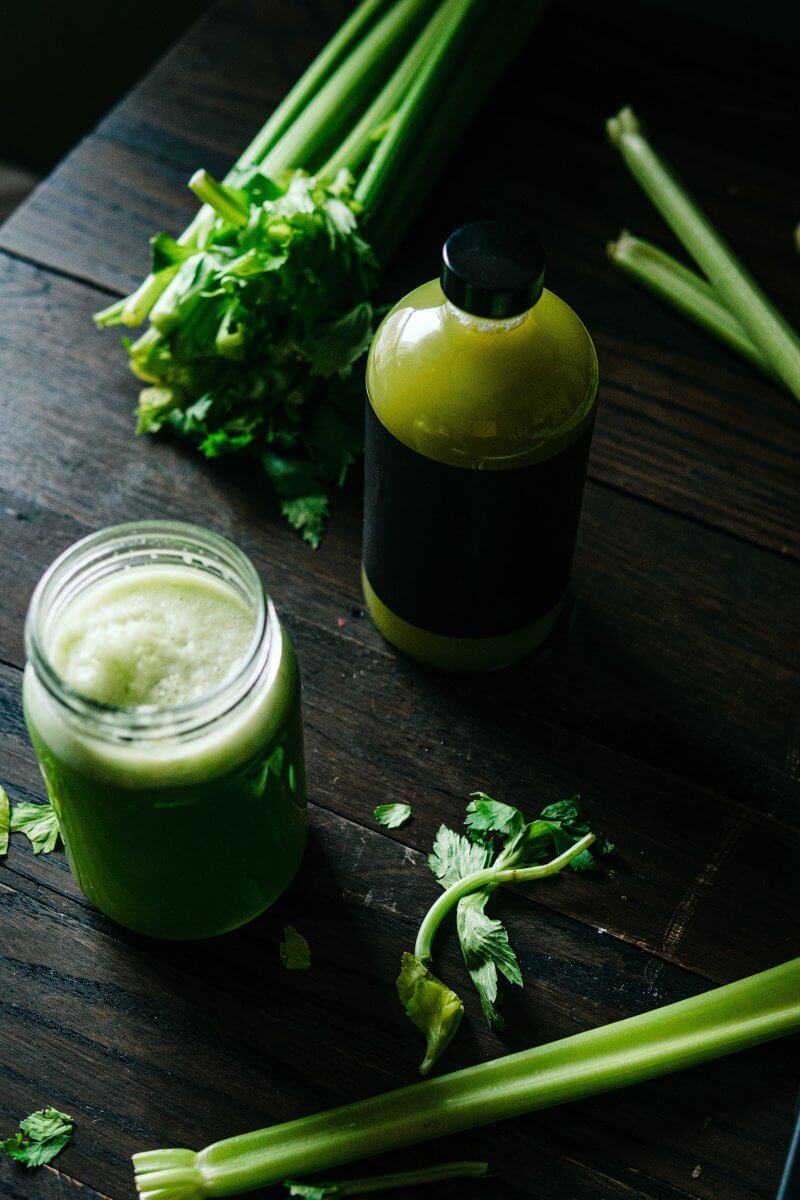
Celery Powder
Celery powder can also be used as a natural substitute for curing salt in certain recipes. The powder also contains naturally occurring nitrates, which can help preserve meat and give it a similar color and flavor as traditional curing salts. But once again it’s important to understand how to use celery powder properly.
Celery powder is made from dried and ground celery. It contains naturally occurring nitrates that can convert to nitrites during the curing process. Here’s how to use celery powder as a curing salt substitute:
- Determine the Amount: The general guideline is to use about 1 teaspoon of celery powder per 5 pounds (2.27 kg) of meat. However, exact measurements may vary, so it’s advisable to follow a recipe that provides specific instructions.
- Mix with Salt: Combine the celery powder with kosher or sea salt. The ratio is often around 1 part celery powder to 4 parts salt. You can then use this mixture as a rub or in a brine.
- Apply the Cure: Rub the celery powder and salt mixture onto the meat or dissolve it in water to create a brine. Make sure the meat is evenly coated.
- Curing Time: The curing time will depend on the thickness of the meat and the desired outcome. Generally thinner cuts will be ready in two days, while larger cuts might take longer. Follow a recipe for specific guidelines.
- Rinsing: After the curing period, rinse the meat thoroughly to remove excess salt and celery powder.
- Health Considerations: While celery powder is a natural source of nitrates, it’s still important to be mindful of nitrate consumption. Some studies suggest that the nitrate levels in natural curing sources can vary, so it’s a good idea to consume cured meats in moderation.
Using celery powder as a curing salt substitute can provide a more natural alternative while still achieving the desired curing effects. Just like with any curing method, follow reliable recipes and guidelines for accurate measurements and safe preparation.
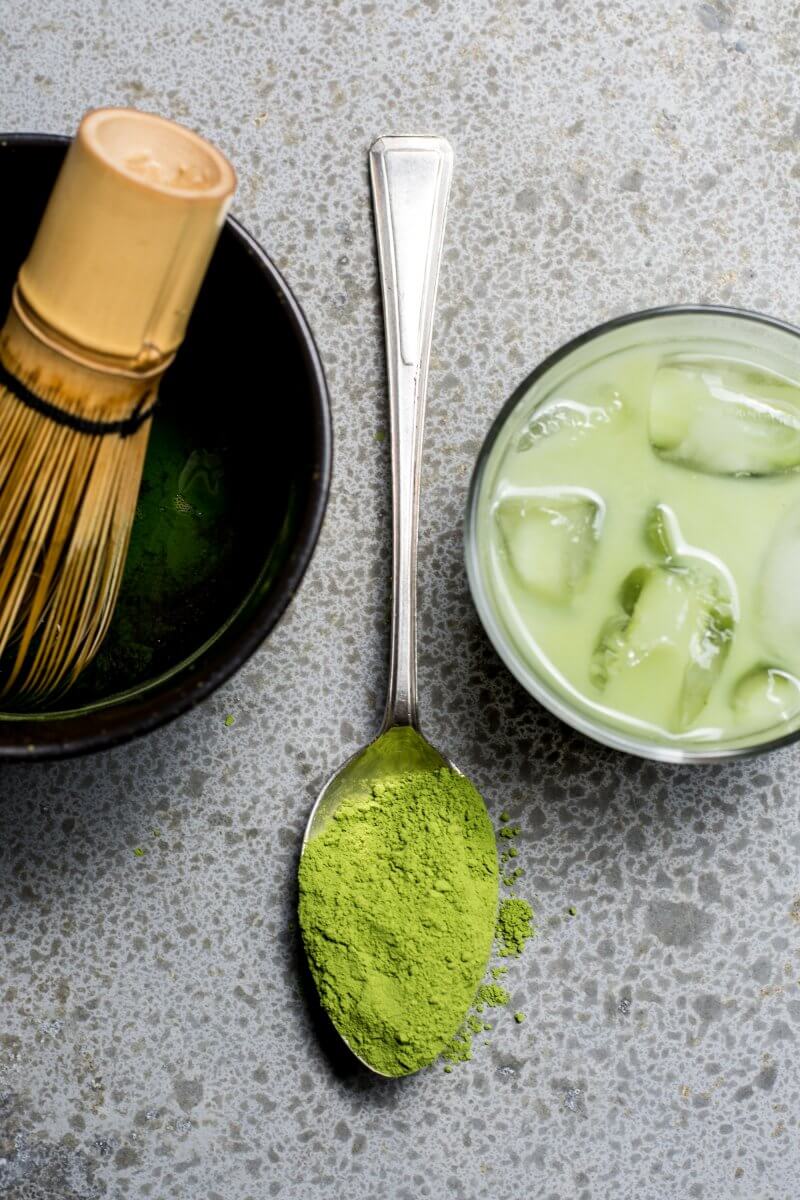
Non-Iodized Sea Salt
Use non-iodized sea salt as a substitute for curing salt when curing and preserving. Non-iodized sea salt is a common choice for curing because it lacks the iodine found in table salt, which can affect the curing process and result in off flavors. Here’s how you can use non-iodized sea salt as a curing salt substitute:
- Determine the Amount: The amount of salt you’ll need depends on the recipe and the type of meat you’re curing. Generally, you can use a ratio of 2-3% salt by weight of the meat. For example, if you have 1 kg (1000 g) of meat, you would use about 20-30 g of non-iodized sea salt.
- Mix with Other Ingredients: If your recipe calls for additional curing agents such as sugar, herbs, spices, or natural curing sources (like celery powder or beet juice), mix them together with the non-iodized sea salt.
- Apply the Cure: Rub the mixture onto the surface of the meat, ensuring even coverage. Alternatively, you can dissolve the mixture in water to create a brine and submerge the meat.
- Curing Time: The curing time varies based on the type and thickness of the meat. Thinner cuts may take a day or two, while larger cuts might require several days. Follow a recipe or guidelines to determine the appropriate curing duration.
- Rinsing: After the curing period is complete, rinse the meat thoroughly to remove excess salt and other curing agents.
- Optional Smoking: If your recipe involves smoking the cured meat, follow the appropriate smoking process.
It’s important to note that while non-iodized sea salt can work well as a curing salt substitute, it won’t provide the same antimicrobial properties and color retention as curing salts that contain nitrites or nitrates. Additionally, the flavor might differ slightly from traditional cured meats. Therefore, it’s recommended to follow reliable recipes and guidelines specific to the curing method you’re using.
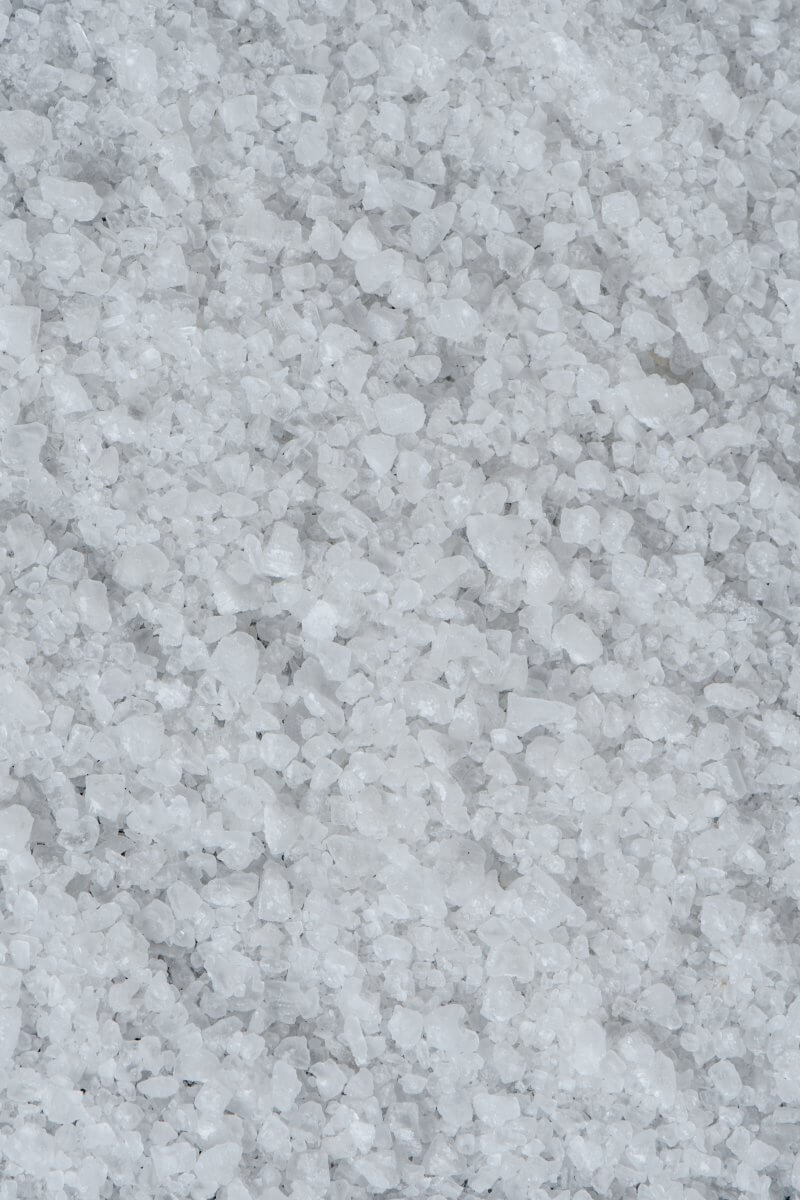
Kosher Salt
Kosher salt is a popular substitute for curing salt because it lacks additives like iodine and anti-caking agents found in table salt. These can affect the curing process and the flavor of cured meats. Here’s how you can use kosher salt as a curing salt substitute:
- Determine the Amount: The amount of kosher salt you’ll need depends on the recipe and the type of meat you’re curing. Generally, you can use a ratio of 2-3% salt by weight of the meat. For example, if you have 1 kg (1000 g) of meat, you would use about 20-30 g of kosher salt.
- Mix with Other Ingredients: If your recipe calls for additional curing agents like sugar, herbs, spices, or natural curing sources (such as celery powder or beet juice), mix them together with the kosher salt.
- Apply the Cure: Rub the mixture onto the surface of the meat in an even coting. Alternatively, you can dissolve the mixture in water to create a brine and submerge the meat.
- Curing Time: The curing time will vary based on the type and thickness of the meat. Thinner cuts may take a day or two, while larger cuts might require several days. Follow a recipe or guidelines to determine the appropriate curing duration.
- Rinsing: After the curing period is complete, rinse the meat thoroughly to remove excess salt and other curing agents.
- Optional Smoking: If your recipe involves smoking the cured meat, follow the appropriate smoking process.
Keep in mind that while kosher salt is a suitable substitute for many curing applications, it won’t provide the same antimicrobial properties and color retention as curing salts that contain nitrites or nitrates. Additionally, the flavor might differ slightly from traditional cured meats.
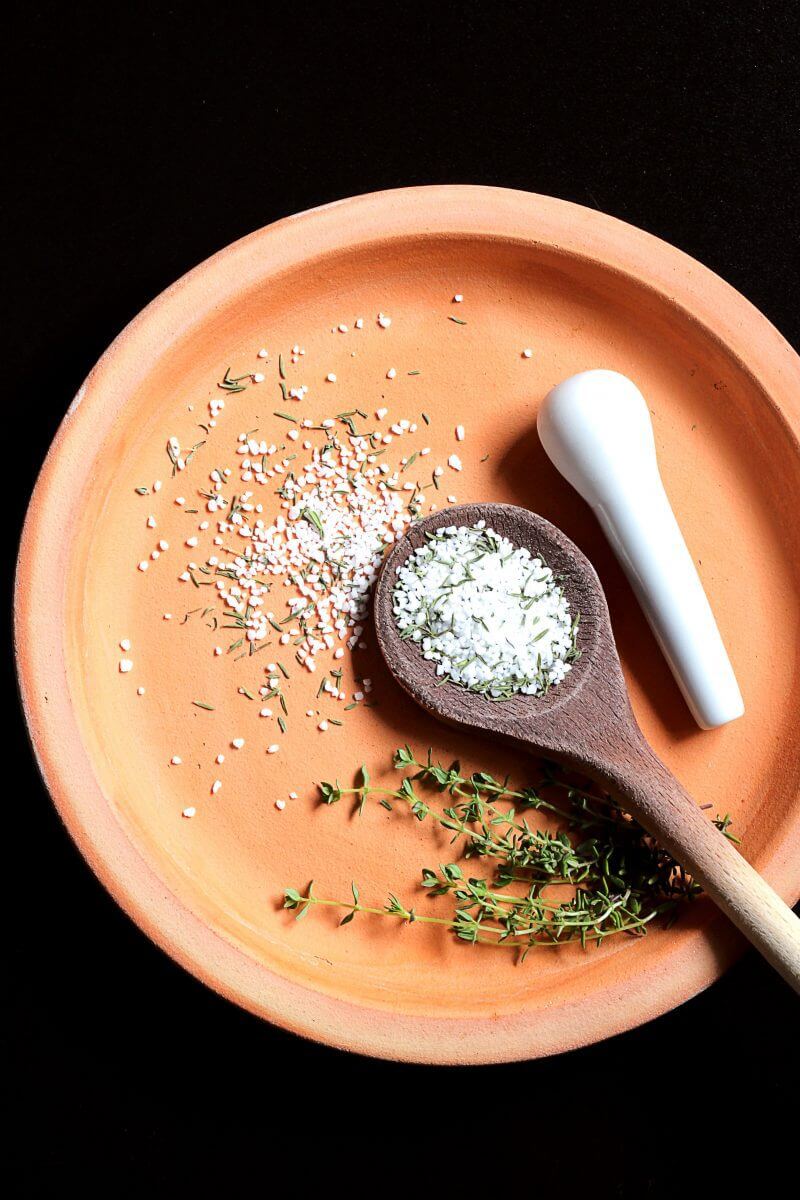
Himalayan Salt
Himalayan salt can be used as a substitute for curing salt in certain curing and preserving recipes, but there are some important factors to consider before using it. It is a popular type of rock salt that is often used for culinary purposes, and it is known for its distinctive pink color and trace mineral content. Here’s what you need to know if you’re considering using Himalayan salt as a curing salt substitute:
- Flavor and Color: Himalayan salt can impart a unique flavor to cured meats due to its mineral content. Additionally, its natural pink color can add an interesting visual element to the finished product. However, keep in mind that the flavor and color might be different from those achieved with traditional curing salts.
- Nitrate/Nitrite Content: Himalayan salt does not contain nitrates or nitrites, which are the key components in curing salts responsible for preserving meat and giving it its characteristic color. If your recipe specifically requires the preservation and color effects of nitrates or nitrites, Himalayan salt alone may not be sufficient.
- Curing Properties: While Himalayan salt can help draw moisture out of meat and provide some flavor enhancement, it lacks the antimicrobial properties and color-preserving effects of curing salts containing nitrites or nitrates.
- Recipe Adaptation: If you’re using Himalayan salt as a curing salt substitute, you may need to adapt your recipe to accommodate the differences in preservation and color effects. This might involve adjusting the curing time, using additional natural sources of nitrites (such as celery juice or powder), or exploring different flavor profiles.
- Food Safety: As with any curing method, prioritize food safety. If you’re not familiar with the effects of Himalayan salt on the curing process, consider seeking guidance from experts in food preservation or consulting reliable resources before proceeding.
In summary, while Himalayan salt can be used as a substitute for curing salt in certain recipes, it might not provide the same curing and preservation effects as traditional curing salts. If your primary goal is to achieve proper preservation, color retention, and flavor development, it’s recommended to use curing salts specifically formulated for those purposes. If you choose to use Himalayan salt, ensure that you’re fully aware of its effects and limitations in the curing process and that you adjust your recipe accordingly.
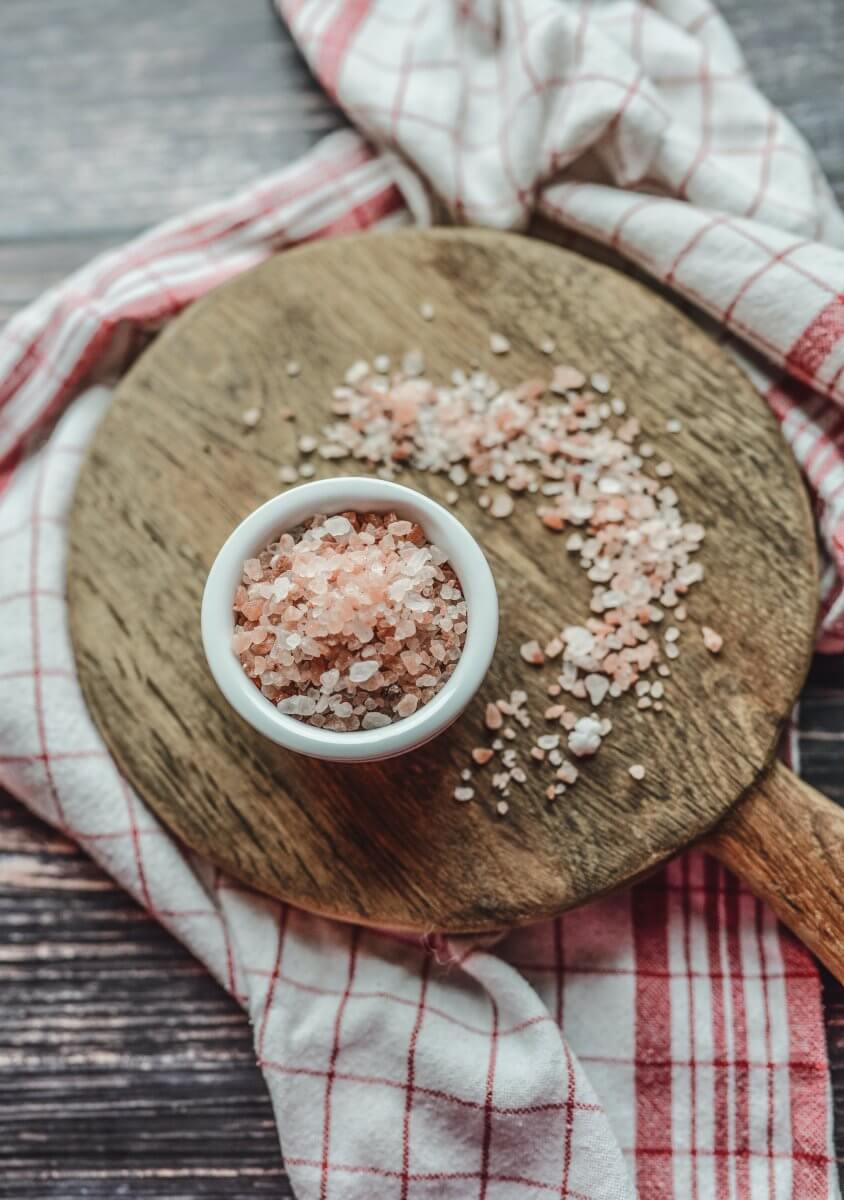
Beet Juice
Beet juice can be used as a natural substitute for curing salt. It contains naturally occurring nitrates, which can help preserve meat and contribute to the development of color and flavor in a similar way to traditional curing salts. Here’s how you can use beet juice as a curing salt substitute.
- Extract Juice: Extract fresh beet juice by juicing raw beets. You can also find bottled beet juice at some grocery stores.
- Determine the Amount: The amount of beet juice you’ll need depends on the recipe and the type of meat you’re curing. Generally, you can use a ratio of about 1/2 to 3/4 cup of beet juice per 5 pounds (2.27 kg) of meat. However, follow a recipe for accurate measurements.
- Combine with Salt: Mix the beet juice with kosher or sea salt to create a brine. The ratio of beet juice to salt can be about 1:1, but again, follow a recipe for specific guidelines.
- Submerge the Meat: Submerge the meat in the beet juice and salt brine, ensuring it’s fully covered.
- Curing Time and Rinsing: The curing time and rinsing process are similar to using curing salt. Follow a recipe for specific instructions.
Using beet juice as a curing salt substitute can provide a natural alternative while still achieving some of the desired curing effects. Keep in mind that while nitrates from beet juice can contribute to color and preservation, they might not offer the same level of preservation as traditional curing salts containing nitrites or nitrates.
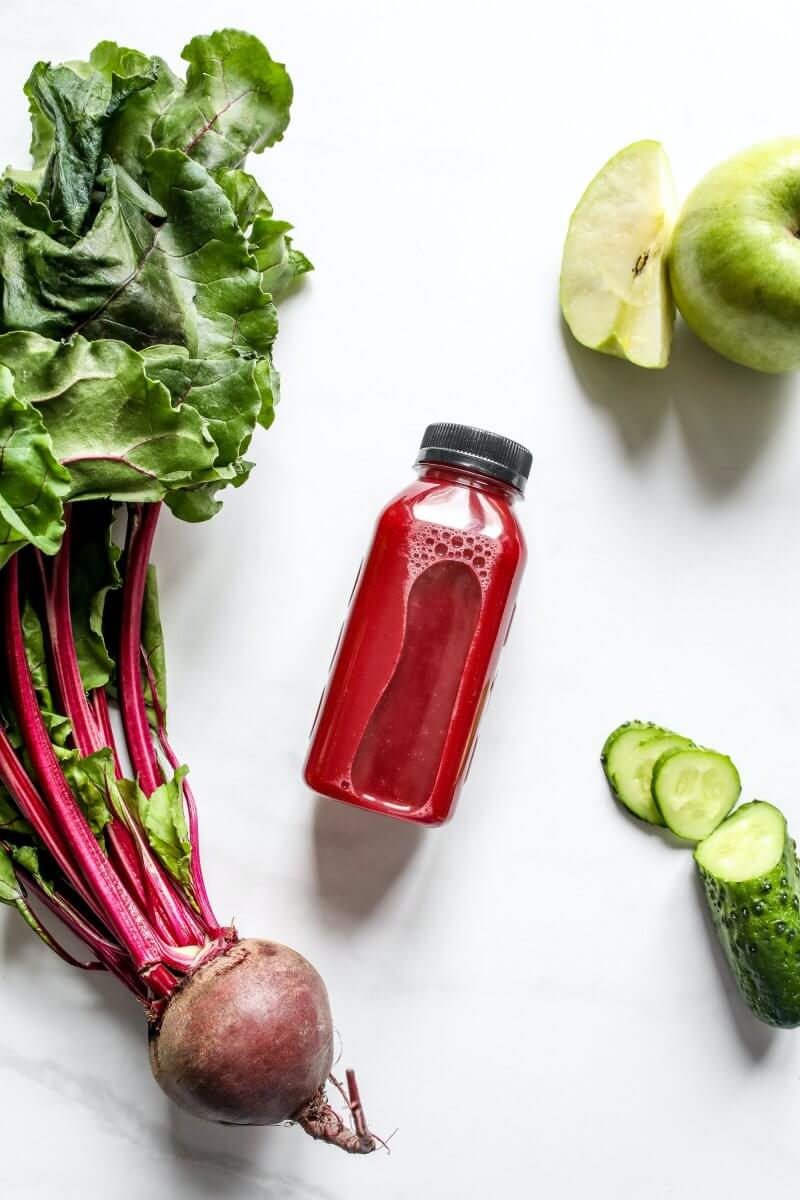
Beet Powder
Beet powder can also be used as a natural substitute for curing salt. It also contains naturally occurring nitrates, which can help preserve meat and contribute to the development of color and flavor in a similar way to traditional curing salts. Here’s how you can use beet juice or powder as a curing salt substitute:
Beet Powder:
- Determine the Amount: The amount of beet powder you’ll need depends on the recipe and the type of meat you’re curing. Generally, you can use a ratio of about 1 tablespoon of beet powder per 5 pounds (2.27 kg) of meat. However, follow a recipe for accurate measurements.
- Mix with Salt: Combine the beet powder with kosher or sea salt. The ratio of beet powder to salt can be about 1:4, but again, follow a recipe for specific guidelines.
- Apply the Cure: Rub the beet powder and salt mixture onto the surface of the meat, ensuring even coverage.
- Curing Time and Rinsing: The curing time and rinsing process are similar to using curing salt. Follow a recipe for specific instructions.
Using beet powder as a curing salt substitute can provide a natural alternative while still achieving some of the desired curing effects. Keep in mind that while nitrates from beet powder can contribute to color and preservation, they might not offer the same level of preservation as traditional curing salts containing nitrites or nitrates.
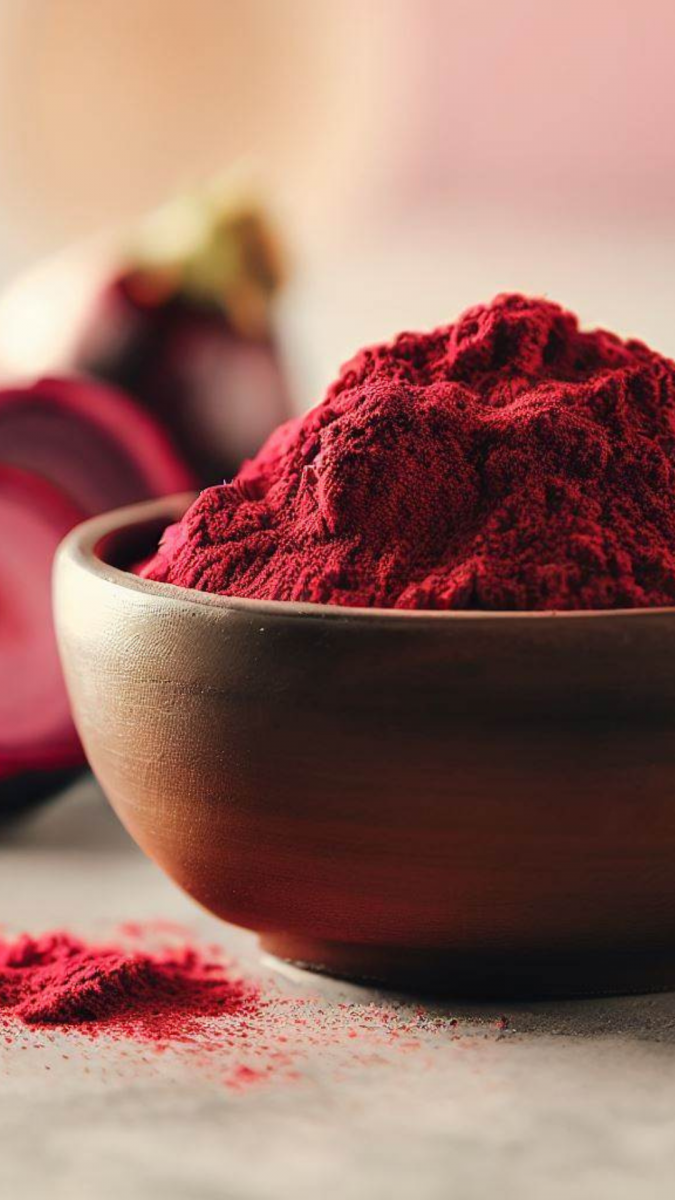
Dry Herb Mix
While dry herbs can add flavor to cured meats, they are not typically used as a primary method of curing. Dry herbs do not have the same preservation properties as curing salts, which contain nitrites or nitrates that help inhibit the growth of harmful bacteria and preserve the meat. However, you can use dry herbs in combination with curing salts or other natural curing agents for enhanced flavor and aroma.
Here’s how you can incorporate dry herbs into the curing process:
- Enhancing Flavor: Mix dry herbs with curing salts or other curing agents to create a flavorful curing mixture. The herbs can infuse the meat with aromatic and savory notes.
- Creating Flavor Profiles: Experiment with different herbs and spices to create unique flavor profiles. For example, a mixture of rosemary, thyme, and garlic could provide a distinct flavor to the meat.
- Application: Mix the dry herbs with the curing salts or curing mixture and apply it to the meat. The herbs will adhere to the meat during the curing process, infusing their flavors as the meat cures.
- Curing Time and Process: Follow the curing time and process specified in your recipe. Remember that dry herbs won’t provide the same preservation benefits as curing salts, so be mindful of proper food safety practices.
- Use Alongside Curing Salts: If you’re looking to add flavor and aroma to your cured meats, you can use dry herbs in combination with curing salts or other curing agents. The curing salts will still be responsible for the preservation and color-enhancing aspects, while the herbs contribute to the overall taste experience.
In summary, while dry herbs can enhance the sensory aspects of your cured meats, they are not a primary method of preservation. If your goal is to preserve the meat and achieve the characteristic color and flavor of cured products, it’s recommended to use curing salts or appropriate alternatives like natural sources of nitrates (such as celery powder or beet juice/powder).
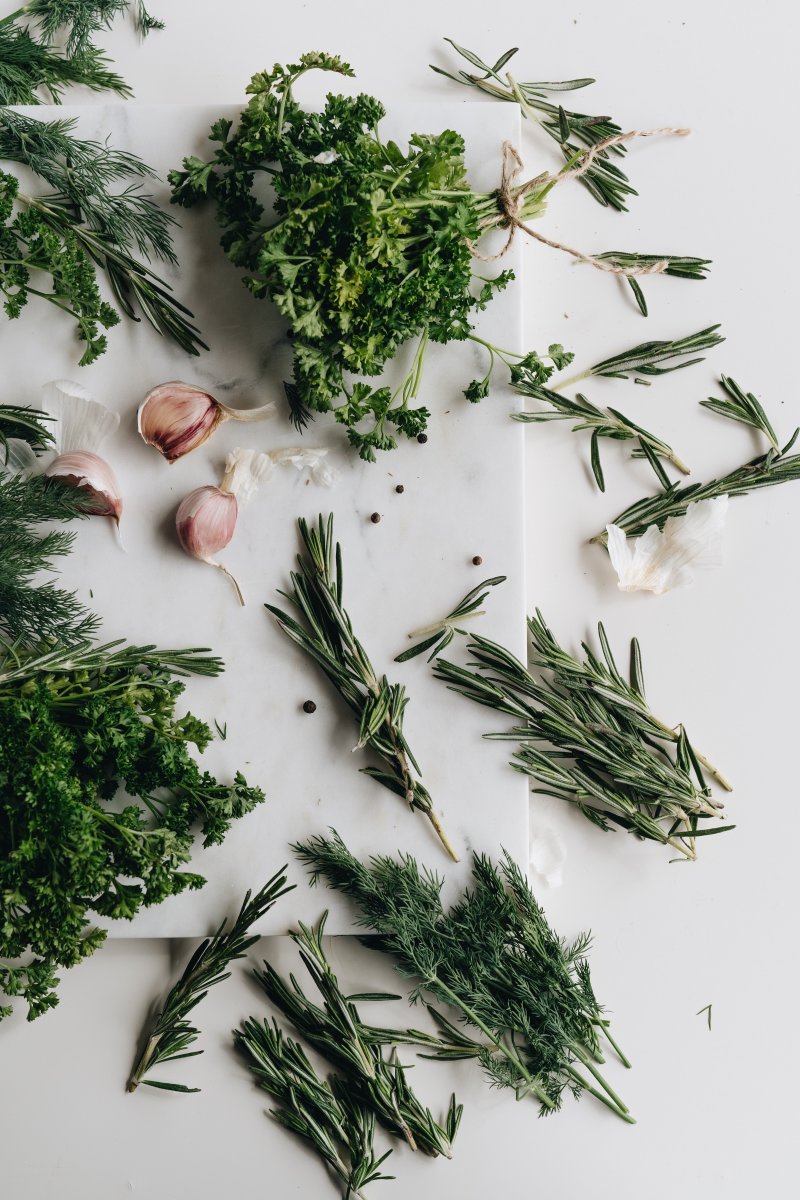
FAQs
Are curing salts really necessary?
Curing salts can be super handy, but they’re not always a must-have. Here’s the scoop:
Curing salts, like pink salt or Prague powder, are used in meat curing to preserve and protect against bacteria, especially nasty ones like botulism. They also give that classic cured flavor and color to things like bacon, ham, and sausages.
But if you’re just looking to make some simple home-cured meats and don’t plan to store them for ages, you can sometimes skip the curing salts. Just make sure to follow safe curing recipes closely and keep everything clean and refrigerated.
So, necessary? Not always. Useful? Definitely! It all depends on what you’re making and how long you want it to last.
Is pink himalayan salt a curing salt?
Nope, pink Himalayan salt isn’t the same as curing salt. Pink Himalayan salt is just a type of rock salt with minerals that give it that pretty pink color. It’s great for seasoning your food but doesn’t have the nitrites needed for curing meats.
Curing salt, on the other hand, usually contains sodium nitrite or sodium nitrate, which are key for preserving meat and preventing bacterial growth. So, while pink Himalayan salt is fantastic for flavor, it won’t do the job if you’re looking to cure meats. Stick with the specialized curing salts for that!
Can you use too much curing salt?
Oh yeah, you definitely can! Curing salt, like Prague powder or pink curing salt, contains nitrites or nitrates which are essential for preserving meat and preventing bacteria growth. But using too much can mess up your recipe and even be harmful.
It’s all about balance. Too little, and your meat might spoil. Too much, and you risk health issues or an overly salty taste. So, always follow the recipe guidelines carefully, and if you’re unsure, it’s okay to double-check with a meat-curing guru or your local butcher.
Summary for Curing Salt substitutes
Once again we would advise that it’s crucial to use curing salts accurately and follow proper recipes to ensure food safety. Incorrect use of curing salts can lead to off flavors, food safety risks, and health concerns. If you’re new to curing, consider seeking guidance from experts in food preservation or consulting reliable resources to ensure that you’re using curing salts correctly.
Okay – that’s you all sorted with suitable substitutes for curing salt.
We have gathered together a lot more facts on ingredients such as herbs, spices, oils, nuts, etc. if you would like to learn some more.

